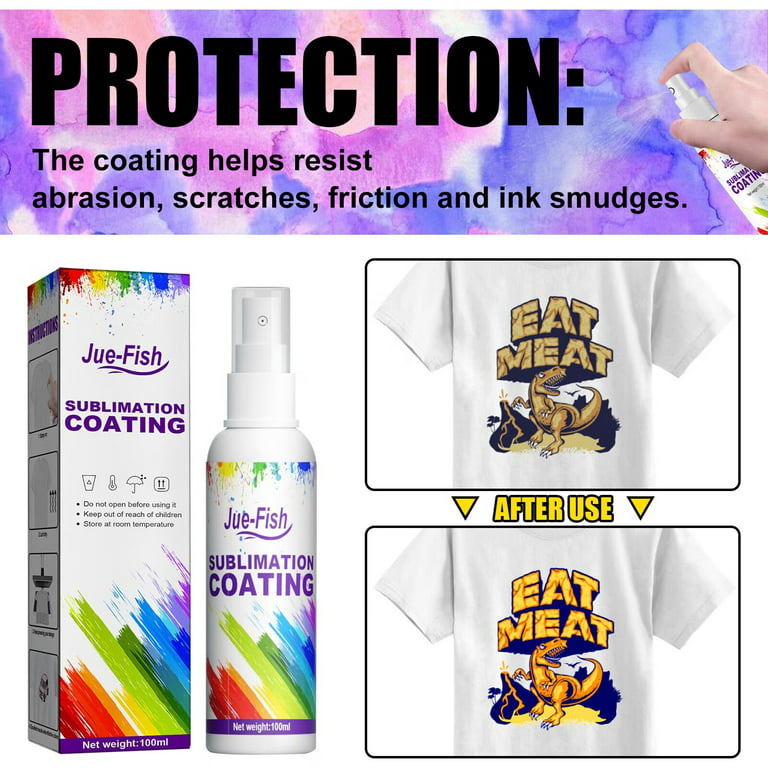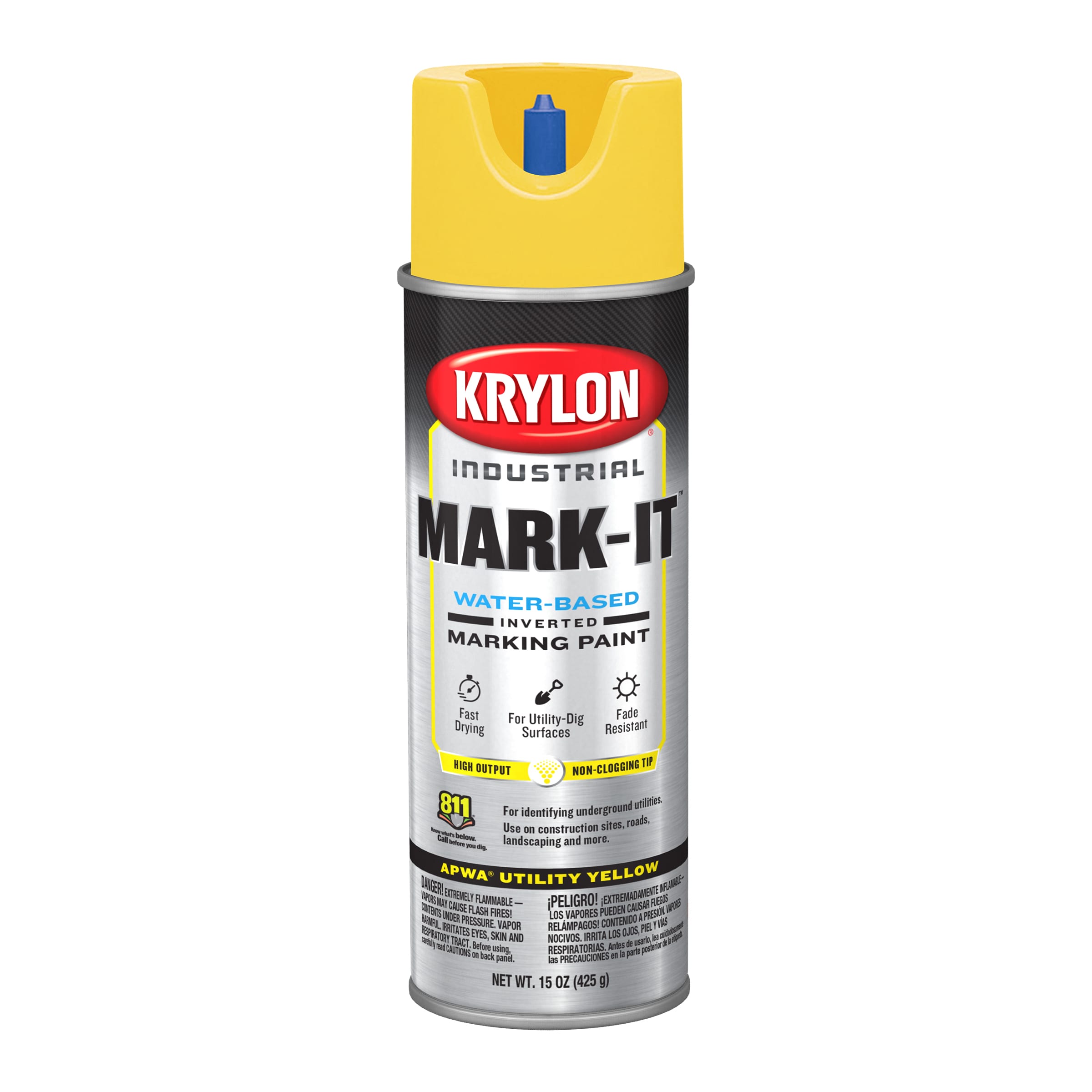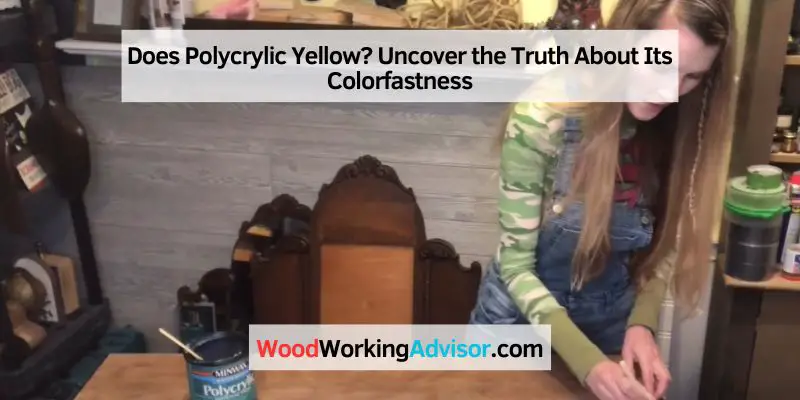Polycrylic does not yellow over time. It is a clear protective finish used to enhance and protect wood surfaces from damage caused by water, heat, and chemicals.
Polycrylic forms a durable, non-yellowing, and scratch-resistant coating that preserves the natural beauty of wood while providing long-lasting protection. Unlike other finishes, Polycrylic maintains its clarity and does not yellow, keeping your wood projects looking vibrant and fresh for years to come.
Apply Polycrylic to furniture, cabinets, doors, or any other wooden surface to achieve clear and durable protection without worrying about yellowing or discoloration.

Credit: www.amazon.com
What Is Polycrylic?
Polycrylic is a water-based protective finish that is commonly used for various DIY and woodworking projects. It is a type of polyurethane, which means it provides a protective coat that can enhance the durability and appearance of a wide range of surfaces. Unlike oil-based polyurethane, polycrylic dries quickly and has a low odor, making it a popular choice among homeowners and professionals.
Composition And Characteristics
Polycrylic is composed of a combination of acrylic resin and polyurethane resin. The acrylic resin provides excellent clarity and transparency, enhancing the natural beauty of the underlying material, while the polyurethane resin adds durability and protection against scratches, stains, and moisture.
One of the distinctive characteristics of polycrylic is its ability to dry to a crystal-clear finish. This makes it ideal for projects that require a topcoat that does not alter or yellow the color of the surface. Polycrylic is also available in different sheens, including gloss, semi-gloss, and satin, allowing users to choose the level of shine that suits their preferences.
Use And Application
Polycrylic can be applied to a variety of surfaces, including wood, metal, and painted surfaces. It is commonly used for sealing and protecting furniture, cabinets, trim, doors, and other woodwork. Additionally, its versatility extends to crafts and decorative pieces, providing a protective layer that preserves the integrity of the finished project.
Applying polycrylic is a straightforward process. Before starting, ensure that the surface is clean and free from dust or debris. It is recommended to sand the surface lightly to promote better adhesion. Using a high-quality synthetic bristle brush, apply a thin, even coat of polycrylic in the direction of the wood grain. Allow it to dry fully, which usually takes around 2 hours, before applying additional coats. Multiple coats may be necessary, depending on the desired level of protection.
Once dry, polycrylic provides a durable finish that is resistant to water, household chemicals, and everyday wear and tear. It is important to note that while polycrylic offers good protection, it is not suitable for surfaces that will experience extreme weather conditions or heavy abuse.
In summary, polycrylic is a versatile and user-friendly protective finish that can be applied to various surfaces. Its composition of acrylic and polyurethane resins provides excellent clarity and durability, and its ease of application makes it a popular choice for both DIY enthusiasts and professionals.

Credit: www.walmart.com
The Myth Of Yellowing
Polycrylic is a popular finish for wood, but there is a common myth that it will yellow over time. However, when applied correctly and with proper maintenance, Polycrylic does not yellow. It provides a clear, durable finish that preserves the natural color of the wood without any yellowing effect.
Causes Of Yellowing
Even though Polycrylic is known for its durability and clear finish, there is a common misconception that it yellows over time. However, this belief is nothing more than a myth. Polycrylic, when applied correctly, does not yellow. To understand why, let’s examine the causes of yellowing.
1. Exposure to UV Light:
UV light from the sun or artificial sources can cause certain materials to yellow over time. However, Polycrylic is specifically formulated to resist the harmful effects of UV light and maintain its crystal-clear appearance.
2. Low-Quality Polycrylic:
If you experience yellowing despite using Polycrylic, it could be due to using a low-quality product. Inferior formulations may contain impurities or additives that cause discoloration. Always opt for a reputable brand and ensure you are using a high-quality Polycrylic finish.
3. Inadequate Preparation:
One of the most common reasons for yellowing is improper surface preparation. Before applying Polycrylic, it’s crucial to clean and sand the surface thoroughly. Any residual dirt, grease, or old finishes can interfere with the bonding process and lead to discoloration over time.
4. Incompatibility with Other Products:
Mixing different types of finish or using incompatible products can result in yellowing. Always make sure to read the manufacturer’s instructions and avoid using Polycrylic over oil-based finishes unless explicitly stated by the manufacturer.
Factors Affecting Colorfastness
The colorfastness of Polycrylic refers to its ability to resist fading or changing color over time. While Polycrylic is known for its excellent color retention, certain factors can influence its colorfastness.
1. Exposure to Sunlight:
Like any other finish, Polycrylic may experience slight color change when exposed to prolonged sunlight. However, this effect is minimal due to its UV resistance. To ensure maximum colorfastness, limit direct sunlight exposure or consider using protective window coverings.
2. Chemical Exposure:
Some chemicals, such as strong solvents or harsh cleaners, can potentially affect the colorfastness of Polycrylic. Avoid using abrasive cleaners or chemicals that are not recommended for use on finished surfaces.
3. Temperature and Humidity:
Extreme temperature fluctuations or high humidity levels can impact the performance of Polycrylic. It is best to apply Polycrylic in controlled environments and avoid subjecting it to excessive heat or moisture during the curing process.
4. Application Technique:
The way Polycrylic is applied can also affect its colorfastness. Always follow the manufacturer’s guidelines and apply even coats using a quality brush or sprayer. Uneven application or excessive film thickness can result in variations in color and reduce overall colorfastness.
Debunking The Yellowing Myth
Scientific Analysis
Research has found that the notion of Polycrylic yellowing over time is subject to various misconceptions. Scientific analysis reveals that the process of yellowing is influenced by a multitude of factors. The exposure to UV light, temperature changes, and application methods all play a significant role in the potential yellowing of Polycrylic.
Real-life Experiences
Many individuals have reported real-life experiences with Polycrylic and the myth of yellowing. Contrary to popular belief, several users have noted that when applied correctly, Polycrylic does not yellow over time. Additionally, it has been observed that using the appropriate application techniques and ensuring proper ventilation also contributes to preventing yellowing.

Credit: www.lowes.com
Tips For Preventing Yellowing
Polycrylic can be yellowed over time, but there are ways to prevent it. Follow these tips to keep your finish clear and free from yellowing.
Yellowing can be a frustrating issue when it comes to finishing your wood projects with polycrylic. However, with the right techniques and care, you can prevent or minimize yellowing, ensuring your finished piece stays beautiful for years to come.
Proper Application Techniques
Using proper application techniques is crucial in preventing yellowing with polycrylic. Here are some tips to keep in mind:
- Ensure the surface is clean and free of any dirt or debris before applying polycrylic.
- Apply polycrylic in thin, even coats using a high-quality synthetic brush or sprayer.
- Avoid overbrushing or applying too thick of a coat, as this can lead to yellowing.
- Allow each coat to dry completely before applying the next one.
- Avoid applying polycrylic in high humidity or extreme temperatures, as this can affect the drying process and lead to yellowing.
Care And Maintenance
Proper care and maintenance of your finished wood projects can also help prevent yellowing. Consider the following tips:
- Protect your finished piece from excessive sunlight, as UV rays can cause yellowing.
- Use coasters or mats to prevent hot objects from directly contacting the surface.
- Regularly dust and clean your piece using a soft cloth or a mild, non-abrasive cleaner.
- Avoid using harsh chemicals or abrasive cleaners, as they can damage the finish and lead to yellowing.
| Application Techniques | Care and Maintenance |
|---|---|
| – Clean the surface before applying | – Protect from sunlight |
| – Apply thin, even coats | – Use coasters or mats for hot objects |
| – Avoid overbrushing or thick coats | – Regularly dust and clean |
By following these tips, you can effectively prevent yellowing and ensure your wood projects retain their original beauty and luster.
Choosing The Right Finish
Polycrylic does not yellow over time, making it a great choice for a finish. Its clear and durable formula allows the natural beauty of your project to shine through without any discoloration.
Comparing Different Finishes
Considerations For Specific Applications
When it comes to choosing the right finish for your woodworking project, there are a few key factors to consider. One such factor is whether or not the finish will be yellow over time. In this blog post, we will explore the question, “Does Polycrylic yellow?” and delve into the considerations for selecting the appropriate finish for your specific application.
Comparing Different Finishes
To determine if Polycrylic yellows, it is important to compare it to other popular finishes on the market. Let’s take a look at some of the most commonly used finishes and how they perform in terms of yellowing:
- Polycrylic: Polycrylic is a water-based finish that is known for its clarity and resistance to yellowing. It is a popular choice for projects that require a durable and clear coat. However, it may still have a slight yellowing effect over time, especially on light-colored woods.
- Polyurethane: Polyurethane is another popular finish that provides a protective, glossy coating. However, it tends to yellow significantly over time, especially when exposed to sunlight. This yellowing effect may be more noticeable in light-colored woods.
- Shellac: Shellac is a traditional finish that is derived from insect resin. While it has excellent clarity initially, it does yellow over time, especially when exposed to sunlight.
- Lacquer: Lacquer is a clear finish that dries quickly and provides a durable protective coat. However, it can yellow with age, especially in areas with high levels of sunlight exposure.
- Oil-based finishes: Oil-based finishes, such as tung oil or linseed oil, tend to enhance the natural color of wood without significant yellowing over time. These finishes provide a warm, natural look to the wood.
Considerations For Specific Applications
When selecting a finish, it is important to consider the specific application and the desired outcome. Here are some considerations to keep in mind:
- Wood type: The type of wood you are working with can influence the yellowing effect of the finish. Light-colored woods, such as maple or birch, are more likely to show yellowing than darker woods like mahogany or walnut.
- Exposure to sunlight: If your project will be exposed to direct sunlight, it is crucial to choose a finish that offers increased UV protection and minimal yellowing. This is especially important for outdoor furniture or items placed near windows.
- Intended use: Consider the purpose of your project. If it is something that will be handled frequently, such as a tabletop or countertop, you may want a finish that offers superior durability and resistance to scratches and stains.
- Personal preference: Ultimately, the choice of finish comes down to personal preference and the desired aesthetic. Some individuals may prefer the warm, amber tone that yellowing brings, while others may prefer a clear and non-yellowing finish.
In conclusion, while Polycrylic is known for its resistance to yellowing, it may still have a slight yellowing effect over time, especially on light-colored woods. When choosing the right finish for your woodworking project, consider the specific application, compare different finishes, and take into account factors such as wood type, exposure to sunlight, intended use, and personal preference. By carefully considering these factors, you can ensure that you select the most suitable finish to achieve the desired outcome for your project.
Frequently Asked Questions For Does Polycrylic Yellow
How Do You Keep Polycrylic From Turning Yellow?
To prevent Polycrylic from yellowing, use water-based Polycrylic, keep the area well-ventilated, and apply thin coats to avoid buildup. Store it away from light and heat sources for best results.
What Clear Coat Will Not Yellow?
Opt for a clear coat that is specifically labeled as “non-yellowing” to keep your finish looking great. These types of clear coats are designed to resist yellowing over time, ensuring a long-lasting and clear appearance for your project.
Will Polycrylic Yellow Over White Chalk Paint?
Yes, Polycrylic can be yellow over white chalk paint.
Will Water Based Poly Turn Yellow?
Yes, water-based poly can turn yellow over time due to exposure to light and oxygen. It is important to choose a high-quality, non-yellowing water-based poly to minimize the risk of discoloration. Regular maintenance and protecting the coated surface from direct sunlight can also help prevent yellowing.
Conclusion
Polycrylic can yellow over time due to various reasons such as exposure to sunlight or certain chemicals. However, taking preventative measures can help maintain its clear appearance. Regular maintenance and proper application can also play a key role in preserving the finish of your project.
Understanding the causes of yellowing is essential for effectively preventing it.


